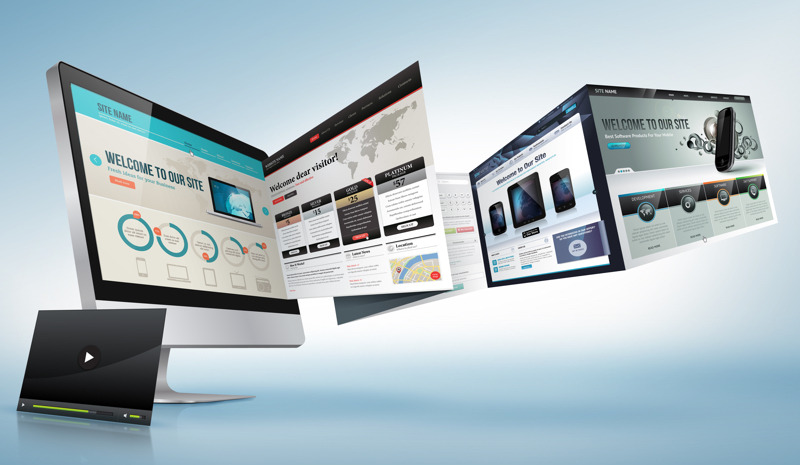Landing Page Definition And Description of Different Landing Page Types
SEO/SEMIn this digital age, many web users (not only those who are entrepreneurs or professional marketers, but also hobbyists) are interested in different aspects of internet marketing. They want to create websites, blogs, and landing pages and start earning big money immediately.
Ordinary people are largely unaware of what landing pages are used for. The questions they ask most frequently are about the marketing or advertising potential of landing pages. We’ll delve into these issues a bit later.
For now, we offer the first in our series of guidelines on landing pages. We’ll start with general information on the nature of landing pages, give a landing page definition, and consider their types and functions.
Landing page definition
The very term “landing page” (or “lander” or “destination page”) – presupposes that it’s a webpage. A landing page appears when a user clicks on a search result or an online advertisement.

A landing page differs from ordinary web-pages, however, in that it is created with one definite objective. It’s designed for a single purpose. This page should not be tied to your main website (there must be no common navigation bar as a distraction for visitors). The options offered to the visitors of the page are limited. They help to achieve your main conversion goal by driving visitors to purchase, order, or try some product or service.
These pages are relatively simple in design: they have a single form, short description, and one CTA button. They aren’t cluttered by extra elements that distract attention, and are optimized for conversions. One might call them highly specialized inanimate “lead hunters”. Landing pages are targeted at particular audiences, presenting offers that are especially interesting for those audiences and helping get prospective leads more efficiently.
Types of landing pages
Basic types of landing pages are Click Through LP and Lead Generation LP.
Let’s start by discussing Click Through landing pages.
This type of a landing page “invites” visitors to another page. Used in eCommerce funnels, Click Through landing pages can give details about offers, “warm up” visitors, and lead them as close as possible to the brink of making a purchasing decision.
Human psychology dictates that every shopper needs sufficient (even excessive) information on a product or service before buying it, especially if comparing several similar products from rival companies. Traditional shopping carts and registration pages don’t offer enough data or detailed descriptions for shoppers to make well-informed decisions. A landing page with additional details prods “a doubting Thomas”, or an unsure prospective buyer.
Let’s have a look now at the second landing page type, Lead Generation landing page.
This type of a landing page serves only the purpose of collecting user data (names, email addresses, and so on). It has a form to be filled out with personal data that can be used to market fruitfully to your prospects and to increase your sales. The amount of information asked for must be kept to an absolute minimum, as people are reluctant to give away their private data.
Lead Generation landing pages help capture the information that is necessary to stay connected with prospects and contact them later on. Such landing pages “negotiate” the collection of personal data in return for enticing offers from a company:
- discounts
- free trials
- useful current information (e.g. newsletter signup for VIPs)
- eBooks
- physical gifts, and so on.
There is one more classification of landing pages (essentially similar to the one above, but with different titles):
- Splash page
- Squeeze page
- Capture page
- Sales page
You can come across various landing page examples on the internet while filling in different forms or clicking on interesting pieces of information. You can do it without thinking they’re actually landing pages.
Reasons to use landing pages
Why is it advisable to use landing pages? Why are they so important in modern digital marketing? The first answer that comes to mind is that they achieve an important marketing goal. This goal is to generate more leads and prospects, and consequently more potential profit for your company.
A landing page makes the life of any marketer easier. It helps collect a certain quantity of leads on a regular basis and deliver them to the sales department. It helps grow your mailing lists, cultivate your community, and grow your business.
Besides, a landing page helps you successfully seize the opportunity to capture user data. Users can come in numbers to your website’s main page but see no forms to fill in and are at a loss what to do next. A landing page helps them complete actions, and helps turn indifferent web surfers into curious visitors and, eventually, into loyal customers.
Create your landing page, ask the right questions, offer good forms, communicate with them and get information – these efforts will repay itself manifold!
If you want to get our educational content regularly, stay with us!


With Ning you get full information for what you need. great post!